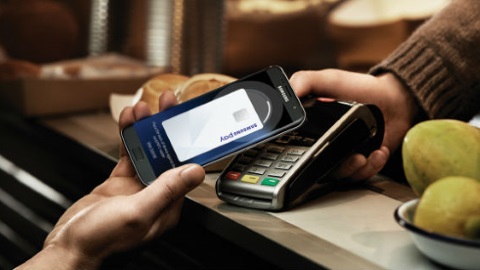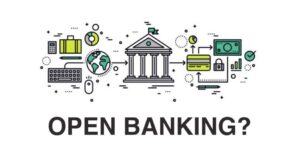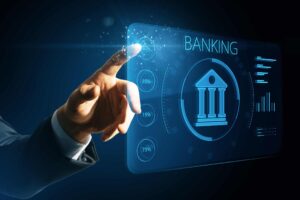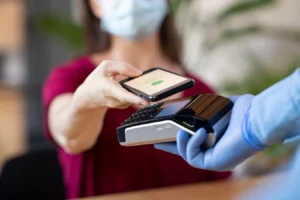Digital bank accounts are a new way to manage your money, allowing you to do everything online without visiting a physical branch. These banks are also called “neobanks” or online banks. They operate through mobile apps or websites. They may offer the same services as traditional banks, such as checking and savings accounts, but are generally simpler, faster, and less expensive. Digital bank accounts are becoming increasingly popular because of their ease of use and convenience. People can open and manage their accounts anytime, anywhere. The entire process is designed to be quick and easy and usually takes only a few minutes.
Choosing the Digital Bank That Best Suits Your Needs
Before opening a digital bank account, research and compare different accounts to ensure you choose one that meets your financial needs. Digital banks cater to specific demographics by providing features like free ATM withdrawals, budgeting tools, international transfers, savings options, and interest rates. You can also make an informed choice by reading customer reviews and understanding each bank’s security requirements. Financial regulators closely monitor high-quality digital banks, and your deposits are protected.
Prepare your identity documents.
Proving your identity is an important step in opening a digital bank account. You usually need to provide government-issued ID, such as a passport, national ID card, or driver’s license, to open an account with a digital bank. You may also need to provide proof of address, such as a bank account or utility bill. Some banks use advanced technology, such as facial recognition or short video selfies, to ensure your identity matches your account information. Make sure you have all the correct documents ready before you begin. This will make setting up your account smoother and faster.
Complete the Identity Verification Steps
Verifying your identity is a crucial step in opening an account. Depending on the bank, you may need to upload a photo of your ID, record a short video, or even contact customer service. The bank will check your ID against the video or photo you submitted to confirm your identity. In most cases, this step only takes a few minutes, but with some banks, it can take several hours or even a day to complete the verification process. You’ll receive a message that your identity has been verified and you can access your account. Some digital banks allow you to use their services immediately, even if your account still needs to be verified.
Setting Your Digital Banking Preferences
After logging in to your account, we recommend exploring the app’s settings and features. You can link your account to payment services like PayPal, Apple Pay, or Google Pay, set spending limits, and receive notifications when you make purchases. Many digital banks also have built-in budgeting tools, savings goals, or cashback offers. Take the time to customize your account to your spending habits and preferences. Biometric login technologies like fingerprint or facial recognition can enhance your security and simplify the login process. Digital banking is about control and change, so take advantage of these tools.
Top up your Account and transactions.
You can access your account instantly via bank transfers, mobile payments, or direct deposits from your work account. Most digital banks provide you with an account number and bank code (or IBAN) so you can transfer money from other banks. Apps often make it quick and easy to pay bills, send money to friends, or make payments. Some banks even allow you to split bills or transfer money directly to people you bank with. Monitoring your balance and transaction history is crucial for effective money management.
Understand Fees and Limits
Digital banks often claim to be free or inexpensive, but it’s crucial to be aware of the fees and limits that may apply. For example, there may be a limit on the number of free ATM withdrawals or international transfers you can make per month. Before upgrading, read the pricing information, as some features may only be available with paid subscriptions. Reading the terms and conditions can help you avoid unexpected charges. Furthermore, check whether the bank offers customers options for assistance with transactions or problems. If you understand these things,
Conclusion
With proper preparation, opening a digital bank account is quick and easy, taking just minutes. From choosing a reliable bank to providing your ID and personal information, every step is designed to make it simple for you. For those living in today’s fast-paced world, digital banking is the most convenient, flexible, and up-to-date way to bank. Digital banks can meet all your needs without filling out forms or standing in long lines. You can open a personal account, a freelance account, or a travel account. As more people adopt digital banking, this strategy will become increasingly sophisticated and popular, making managing your money easier than ever.
FAQs
1. Can you trust digital bank accounts?
Yes, most digital banks are regulated and use strong encryption and authentication to protect your money and data.
2. Can I deposit my salary into a digital account?
Absolutely. If you provide your account number or IBAN to your employer, they can pay your salary just like with a regular bank account.
3. Do I need a physical address to open an account?
Yes, most banks require a physical address to identify you and mail you a physical debit card (if you have one).
4. What if I can’t access the app or lose my phone?
You can usually access your account through a web browser or by calling customer service to restore access and protect it.
5. Do I need a certain amount in my account?
Many banks that only accept digital payments don’t require a minimum deposit, but check with your provider to be certain.




